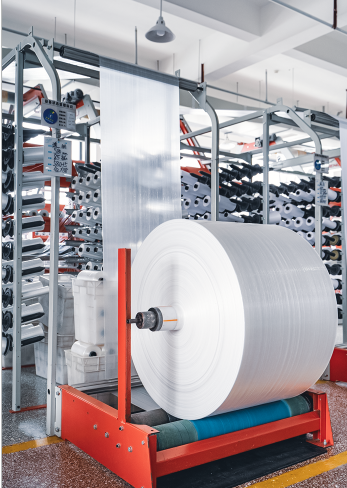Cellophane and polypropylene (PP) bags are often used interchangeably, but they are distinct materials with different properties.
The most significant difference lies in their composition and environmental impact. Cellophane is a biodegradable, cellulose-based material, while polypropylene is a non-biodegradable plastic.
Let’s dive into the details.
Cellophane is a transparent, flexible film made from regenerated cellulose. It has a slight crinkle and is known for its excellent barrier properties, protecting products from moisture, grease, and oxygen. Cellophane bags are commonly used for packaging food, confectionery, and gift items.
Polypropylene bags, also called PP bags, are made from a synthetic polymer. They are typically clearer than cellophane and offer better moisture and oxygen barriers. PP bags are widely used for packaging a variety of products, including food, clothing, and household items.
Both cellophane and polypropylene bags have their own set of pros and cons:
| Cellophane Bags | Polypropylene Bags | |
| Advantages | Biodegradable, excellent barrier properties, aesthetic appeal. | Cost-effective, strong and durable, good barrier properties, versatile. |
| Disadvantages | More expensive than PP bags, susceptible to moisture damage, less durable. | Non-biodegradable, can contribute to plastic pollution. |
XiFa Group is a leading manufacturer of high-end customized polypropylene bags. With years of experience and a commitment to quality, we offer a wide range of PP bag solutions to meet the diverse needs of our clients.
From material selection to design and production, our team of experts works closely with you to create packaging that enhances your brand and protects your products.Choose Xifa for your polypropylene bag needs and experience the difference. Contact us today to discuss your project.




